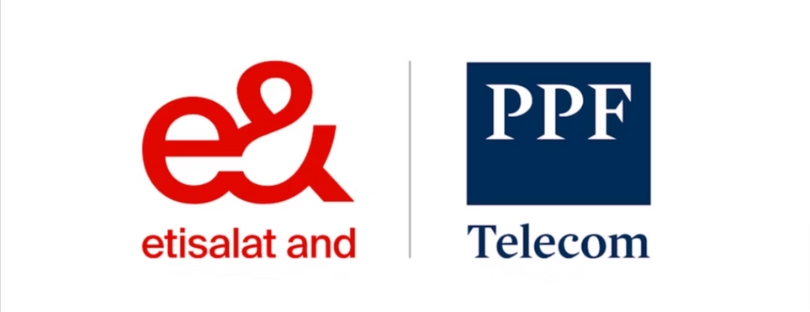
Telekom 5G reaches 80% of Germans
Telekom Deutschland, the domestic fixed and mobile unit of Deutsche Telekom (DT), has announced that its 5G network already reaches 80% of the German population via a total of 50,000 antennas in over 5,000 towns and communities across the country. Find out more about Telekom 5g below.
The firm revealed that its 3.6GHz network, which supports maximum speeds of up to 1Gbps, is available in more than 30 cities and says that it plans to increase overall 5G coverage to 90% of the population by the end of this year.
‘The large-scale coverage of the German population is the result of our experience, our technical competence and our will to make 5G a success,’ stated Telekom Deutschland board member Srini Gopalan, adding: ‘We announced and we delivered – faster than planned. The success makes us so strong that we are already setting a new milestone today: 90% 5G coverage for people in Germany by the end of this year.’
With regards to its 600,000km fibre-optic network, Telekom states that it is aiming to be able to supply ten million households in over 600 municipalities with fibre-to-the-home (FTTH) services by 2024, increasing coverage to all German households by 2030.
Which 5G frequencies does Deutsche Telekom use in Germany?
Telekom uses two 5G bands for the latest mobile communications standard in Germany. One of the bands is in the 3.6 gigahertz (GHz) range. The second operates on the 2.1 GHz frequency. Which frequency band Telekom uses where has to do with physical conditions. The long-wave 2.1 GHz frequencies are well suited covering large areas. In densely populated regions, Deutsche Telekom uses 5G on the higher 3.6 GHz frequency: Where there are many radio masts, the short-wave 3.6 GHz frequencies play out their advantages. The physical law behind it? The longer the wavelength, the greater the 5G range.
The dual rollout is worth it. It enables Telekom to quickly connect small cities to the 5G network. At the same time, Telekom is implementing the specific requirements for 5G in large cities: On the 3.6 GHz frequency, Telekom uses 90 MHz of spectrum for 5G. This enables higher data throughput compared with the 2.1 GHz frequency. The wider spectrum increases capacity and speed. That’s why Telekom has brought its high-speed 5G to the Allianz Arena in Munich, for example.
Visiting Munich? Do not miss:
How are 5G and 4G related?
The fifth mobile communications standard still needs its predecessor. The 5G network is currently based on the 4G architecture. It is a non-standalone (NSA) network. Deutsche Telekom is planning a standalone (SA) 5G network for the future. The company has already put the first 5G SA antenna into operation. In March, it was used to make the first 5G SA video call.
With the help of Dynamic Spectrum Sharing (DSS for short), Telekom operates two mobile communications standards from one antenna. The antennas transmit variably in LTE / 4G or 5G. They release the available spectrum as required. If users want to surf with 5G, they can. If their smartphone only supports 4G, the antenna establishes a 4G connection. The advantage here: Additional frequency spectrum is available for LTE users through DSS. They therefore also achieve higher data capacities and higher speeds.








